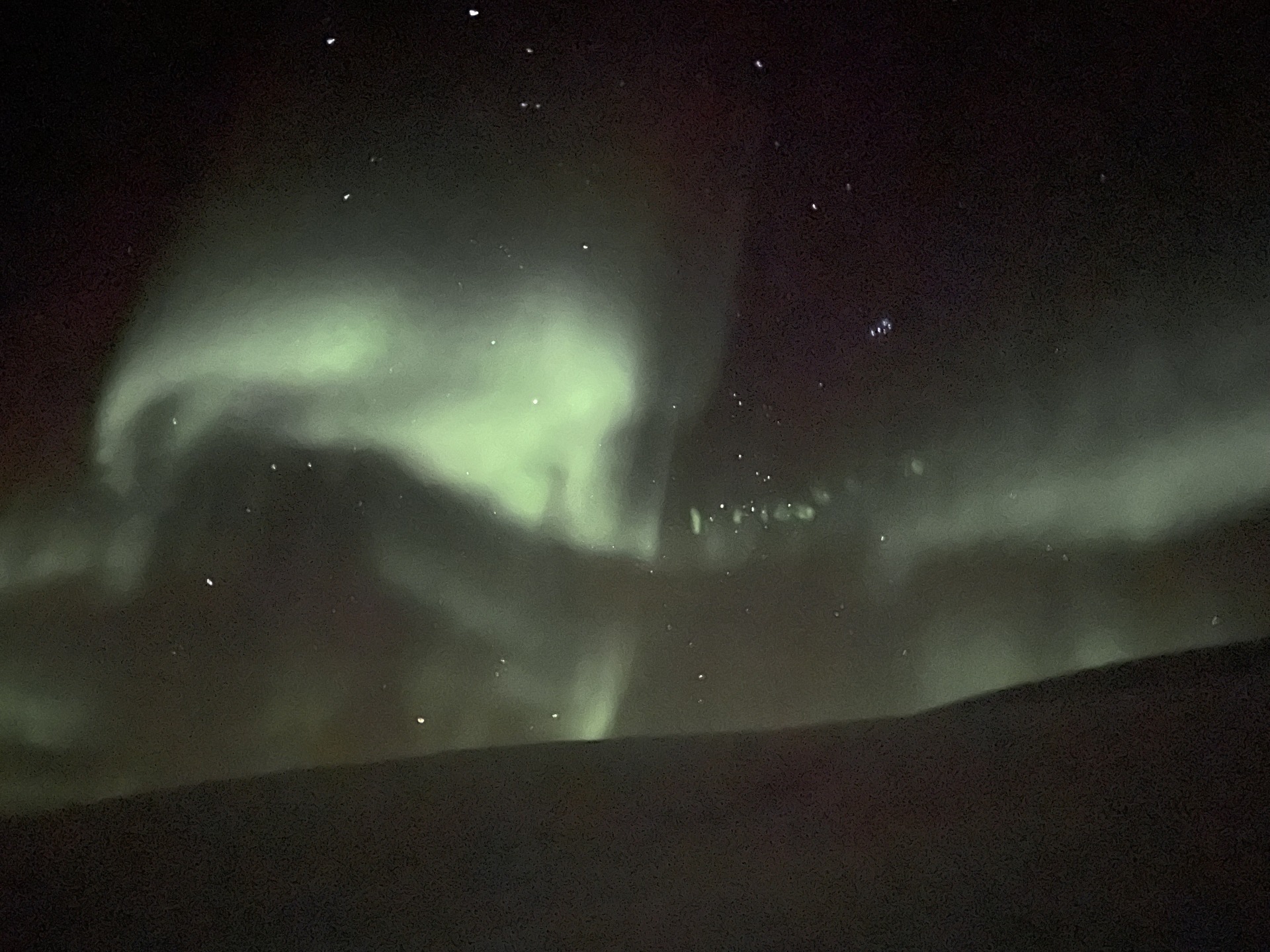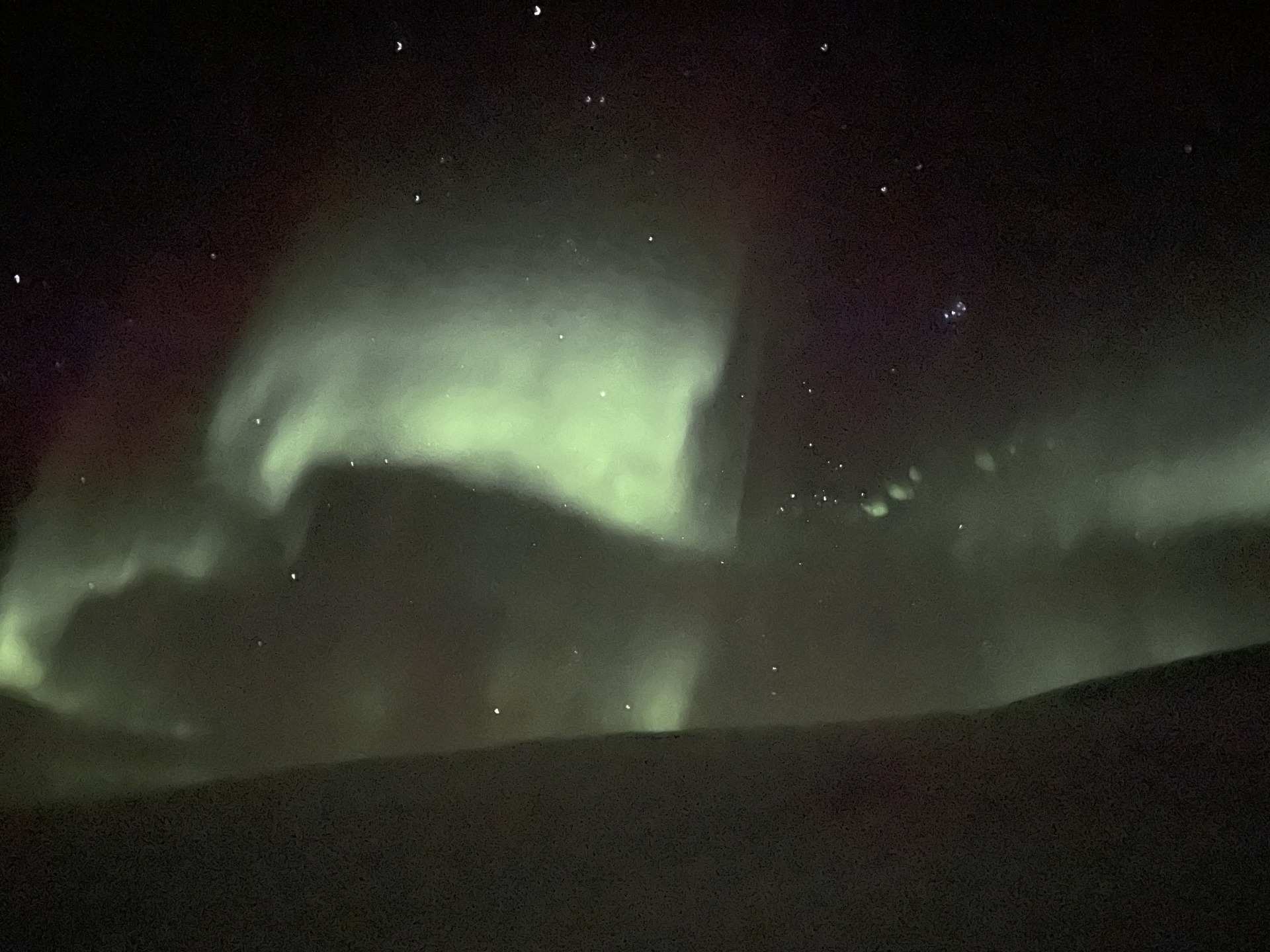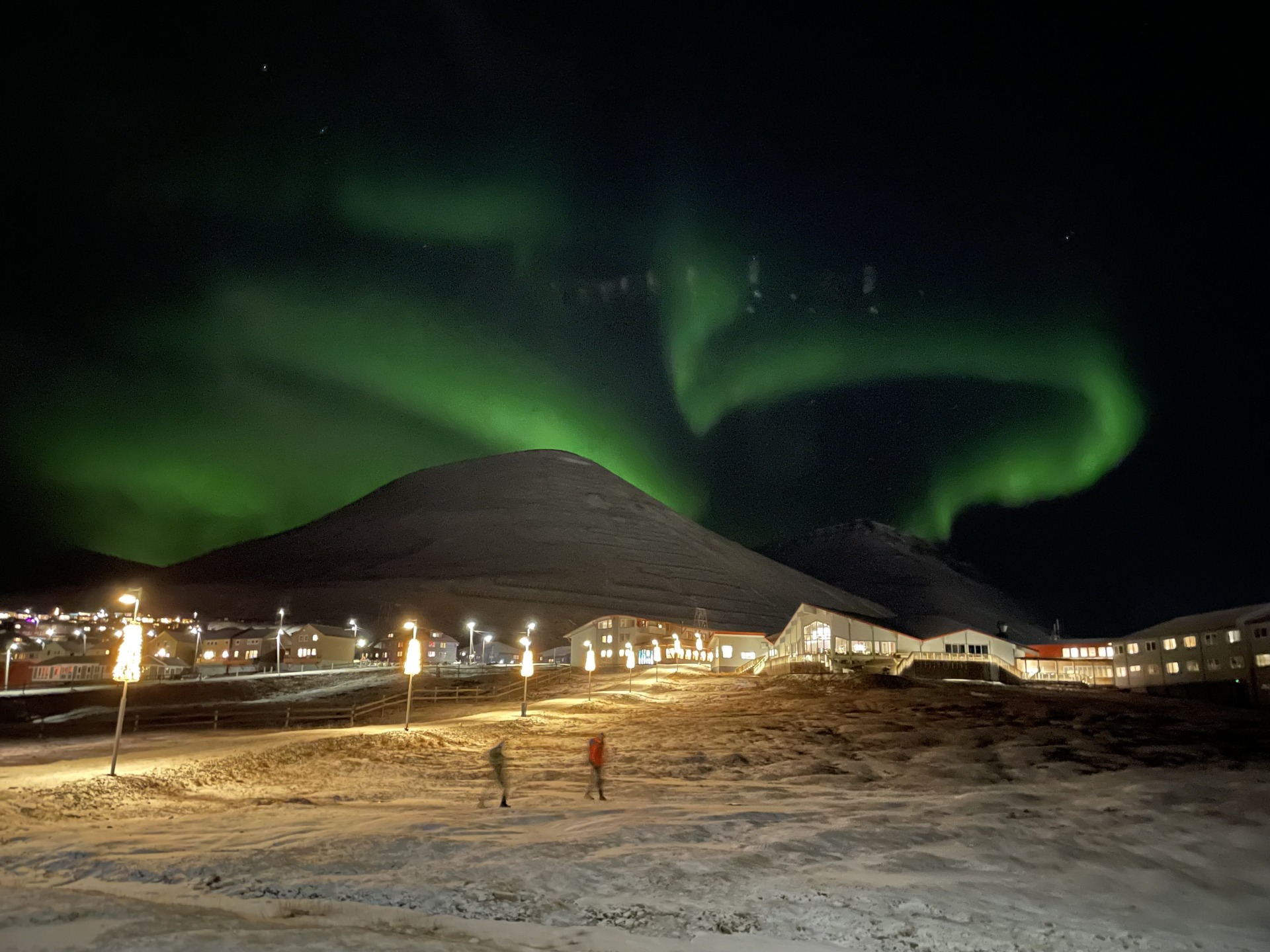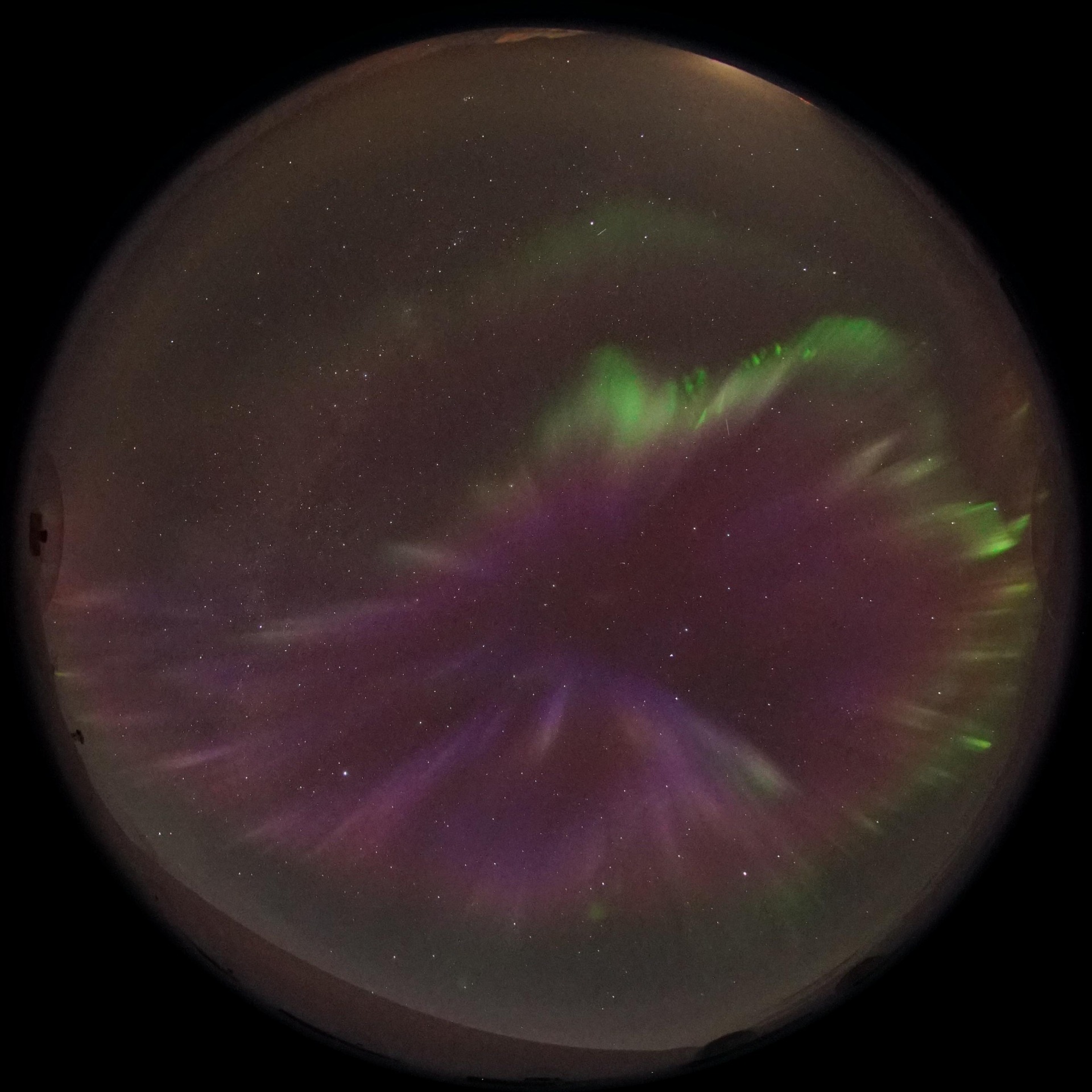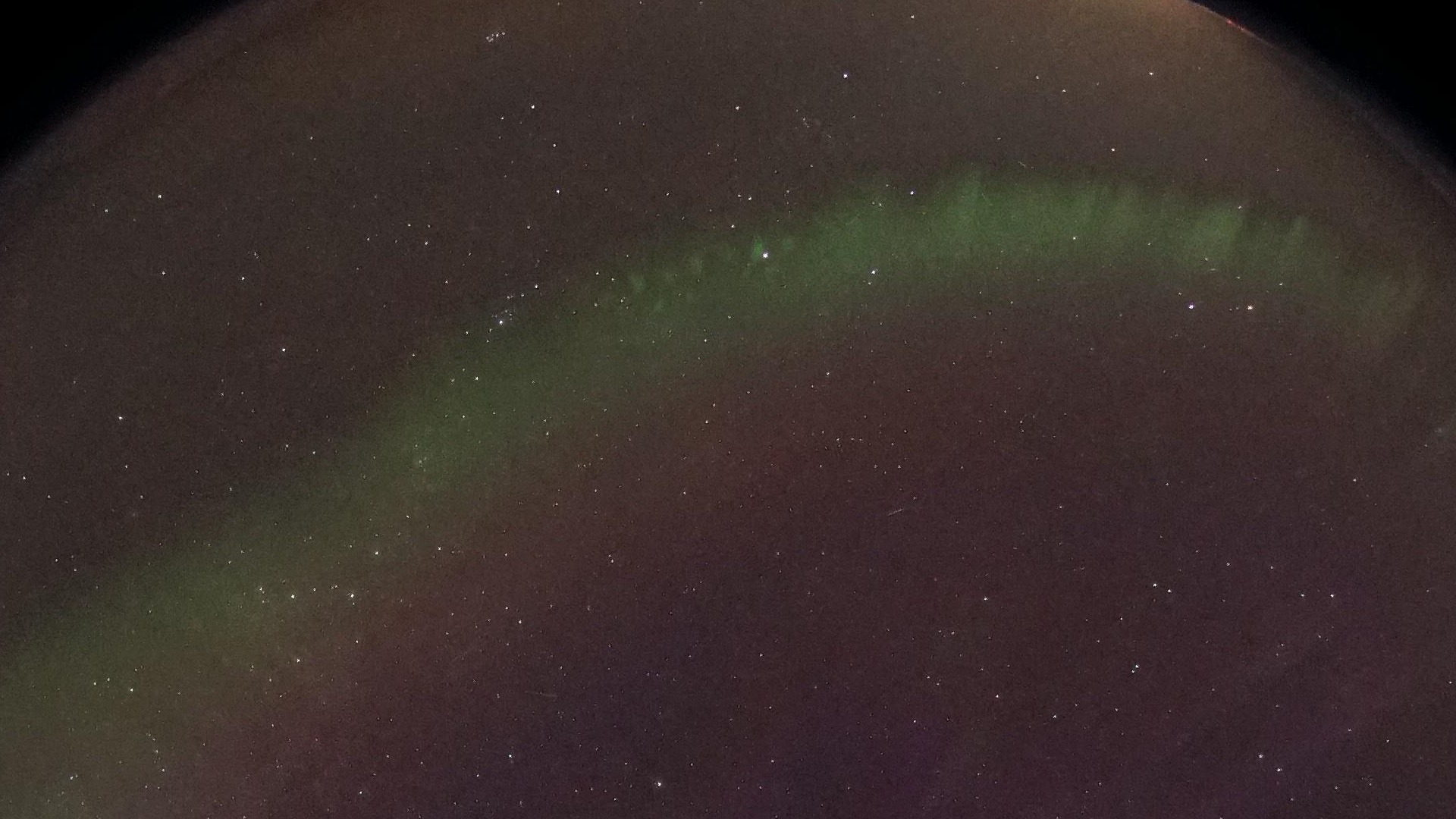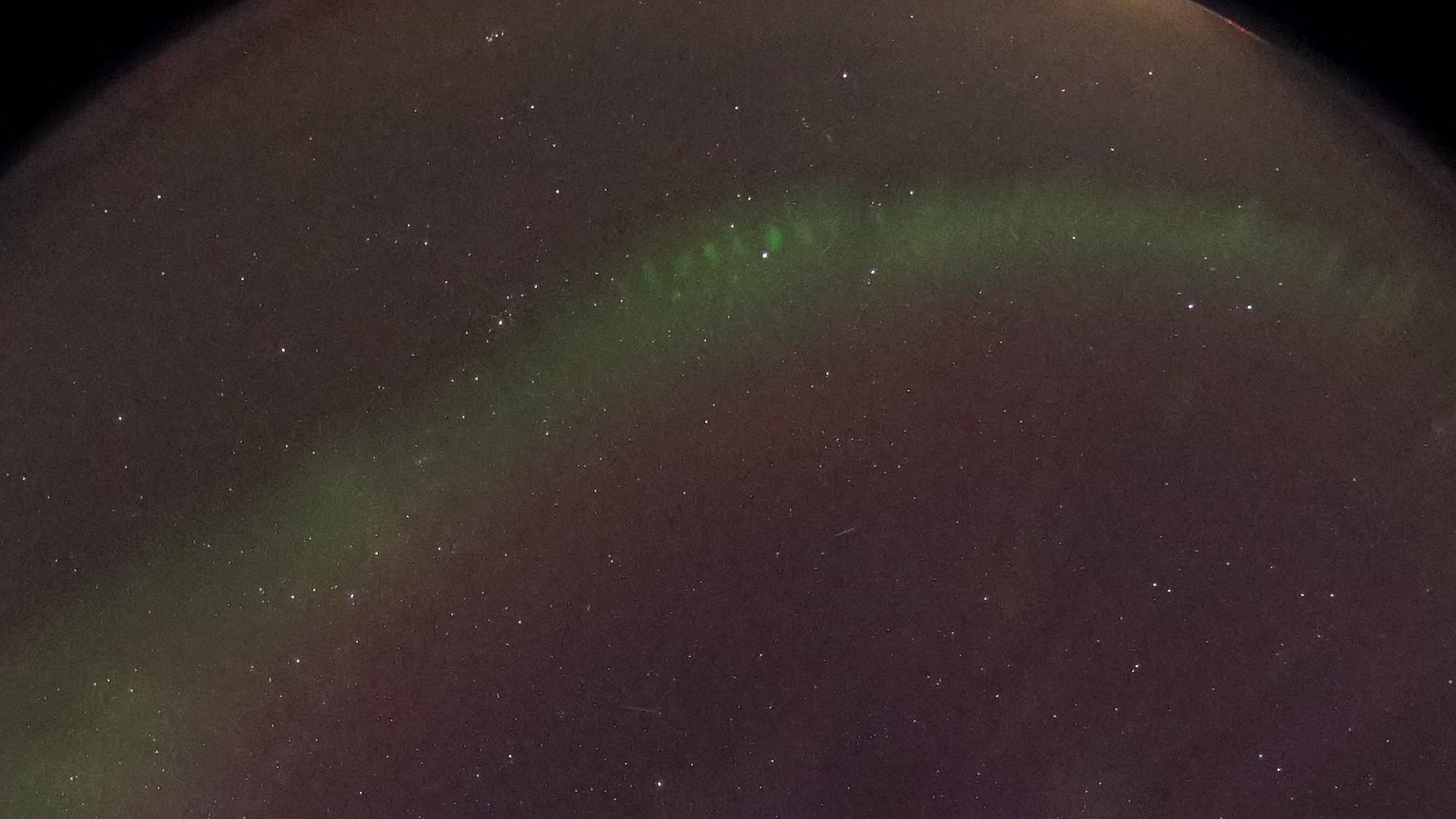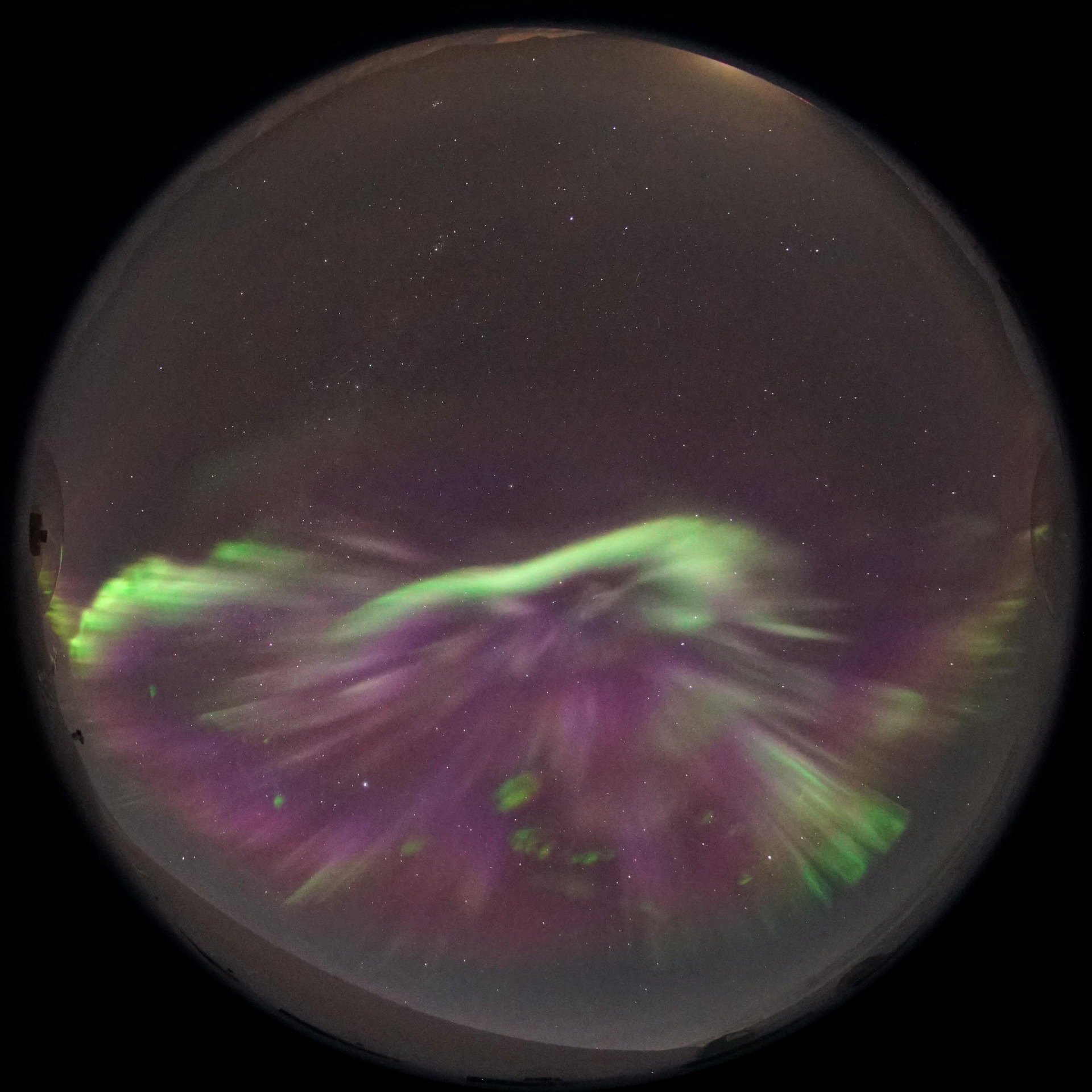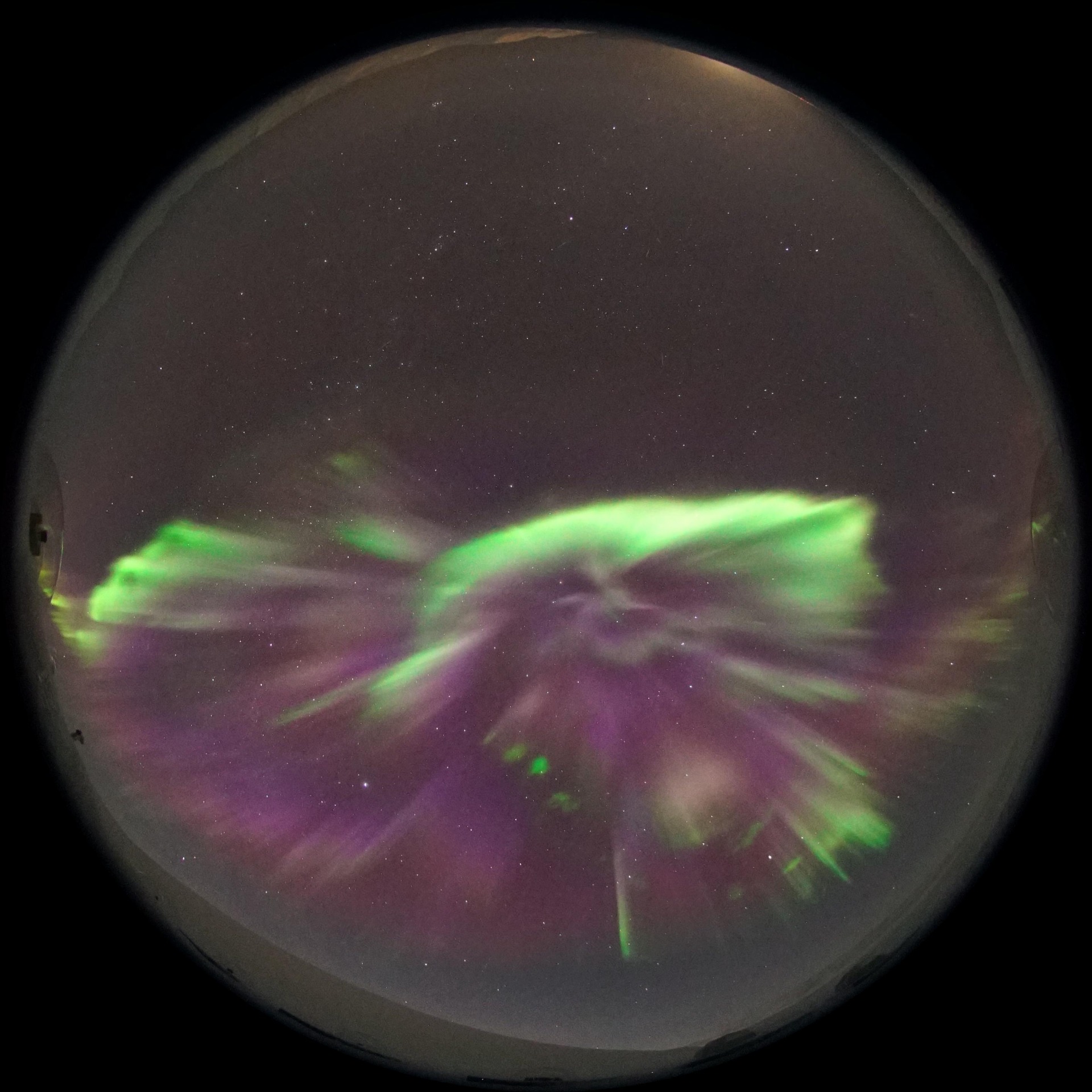FAEs
the basics of fragmented aurora-like emissions
Soooo what exactly are FAEs? It stands for fragmented aurora-like emission(s), a name that Dan Whiter suggested due to it invoking the mythical beings from many European cultures, which are often described as magical tricksters. This name seemed like a perfect fit for these small, short-lived, hard-to-predict, and mystifying aurora-like features. Even though they sure look a bit like aurora, we deliberately refer to them as aurora-like, since they seem to be locally generated in the ionosphere, and thus do not qualify as “aurora” per se (aurorae are the result of particle precipitation from the magnetosphere).
Most FAEs seem to appear in groups close to auroral arcs, which I referred to as “category 2” in my master’s thesis. Due to their fairly regular spacing and close proximity to the arc, some kind of instability- or wave-driven generation mechanism seems highly likely, see also the articles listed below. Determining the exact type of wave that generates FAEs will require more work, so stay tuned for news!
Some very good examples of category 2 FAEs can be seen below:
We had the privilege to observe these FAEs while walking down the Breinosa mountain after a fieldwork evening at KHO - the first time I was able to see them in person, rather than on all-sky camera (ASC) images. They appeared after a particularly dynamic arc showed signs of wave activity, towards the end of this substorm event. After spotting the first group, it was remarkably easy to find the next ones - I had previously presumed that FAEs might be somewhat difficult to spot in person due to their small size and short lifetime, but am happy to report that it is very much possible with knowledge what to look for (and some decent luck)!
These FAE groups generally appear, drift close to the arc and then disappear within a few seconds to a minute.
While many of the FAEs we have observed so far fall into category 2, they sometimes occur outside of these groups, seemingly random across the sky and not close to auroral arcs. We refer to this type of FAE as category 1, and some examples can be seen on the all-sky camera image below.
I will expand these examples and description in the near future, check back later for more!
